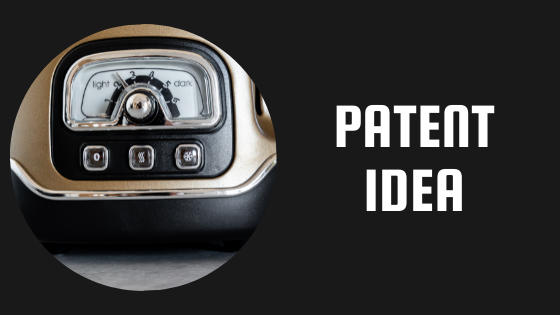
So you’re ready to roll up your sleeves and file for a patent application yourself. Congratulations! You’ve made it over the first hurdle of becoming an inventor: Taking action on your idea.
The next thing is you’ll need is a feel for the structure of a patent application. For the sake of this posting, we’ll make the likely assumption that you want to patent a device or process of some sort – so you’ll be filing what’s called an application for a Utility Patent.
Utility patents are what most people think about when they say they have “patented” their invention. The following ten items are the essential elements (there can be others) of a utility patent application.
Utility Patent Application Transmittal Form or Transmittal Letter. This is akin to a “cover letter” that itemizes the elements of your patent application.
Fee Transmittal Form and Appropriate Fees. It’s the USPTO form helps calculate your filing fees, and lets you pay the amount by credit card or check.
Title of the invention. It’s what you call your invention, and includes your name.
Background of the invention. Again, a no-brainer. It’s where you describe the field of your invention (like “kitchen appliances”) and also includes information that you know about “prior art” — that is, other inventions pertinent to the invention you are disclosing in your application.
Brief summary of the invention. You guessed it. This is where you provide an overview of your idea. For all these steps you can get help for your invention from professional patenting agencies, such as InventHelp.

Specification. Think of it as the body text of a rather unique “term paper” in which you describe your invention in oodles of detail. The Specification contains a number of sub-elements, including below.
*Brief description of your drawings. If your invention patent application includes drawings, it is in this section where you describe them.
*Detailed Description of the Invention. Again, the title of this section says it all. You describe your invention in meticulous detail, including how you go about making and using it.
Claims. This is the only real legalese section of patent applications. And, for many inventors, the most difficult. It’s where you define your invention in very specific language — with very specific writing rules. In most cases, it is the language and scope of the Claims that will determine whether or not you will be granted a patent on your invention. Patent lawyer can help guide you through the process.
Abstract. Another easy one. Just a paragraph summary of your patent applications.
Drawings. If it takes drawings to understand the operation or principles of your invention, you’ll need to provide them.
Oath or Declaration. This is where you affirm to the USPTO that you are, indeed, the inventor of the invention. Again, you could hire a patenting agency, such as InventHelp for this.


